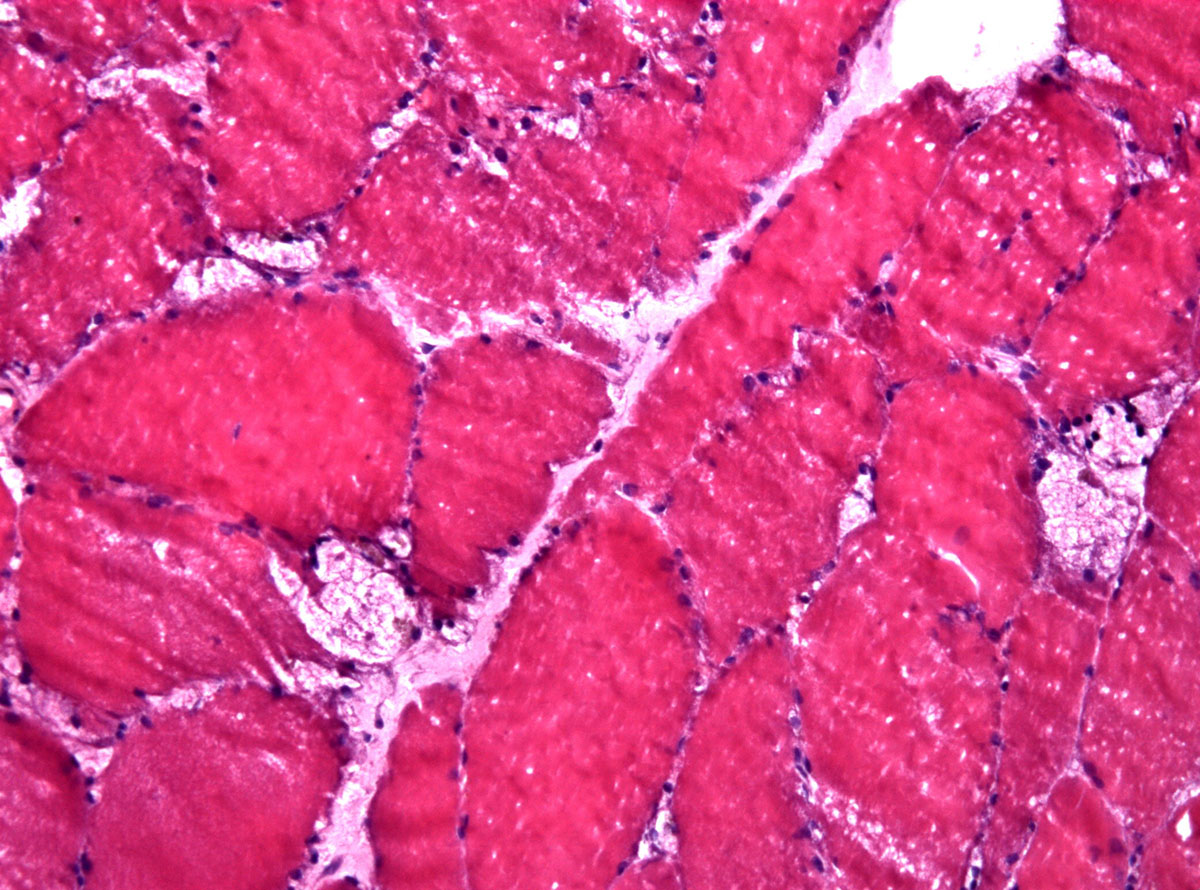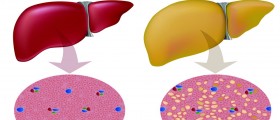
Pompe Disease and Its History
Pompe disease is a progressive type of disease which caneasily be described as a debilitating one. It affects multiple systems insidethe human body and it is often medicinally defined as a fatal neuromusculartype of disorder. In 1932, a dutch pathologist called Joannes C. Pompe firstdefined this type of disease. 1n 1963, certain scientific studies shown thatthe Pompe disease can be linked to an inherited type of deficiency of the lysosomaltype of enzyme called acid alpha-glucosidase. This type of enzyme is the one incharge of the breakdown of glycogen to glucose. When a person suffers from thistype of deficiency, he or she suffers from intralysosomal accumulation ofglycogen. These accumulations usually occur in the muscle cells and they aretherefore largely responsible for the progressive loss of muscle function whichis commonly associated with this medical condition. There are several differentcategories of the Pompe disease, and due to such different classifications,this medical condition may also sometimes be referred to as lysosomalalpha-glucosidase deficiency, acid alpha glucosidase deficiency, glycogenosistype II, glycogen storage disease type II and acid maltase deficiency. Thecategories include the cardiac disorders, which are classified as such becausethe Pompe disease may often be associated with cardiomegaly and cardiomyopathy.The classificiation of the disease as a neuromuscular or metabolic muscledisease is justified by the fact that it commonly shares certain features ofmuscular degeneration. The Pompe disease may also be classified as a glycogenstorage disease because it is actually a disease affected by impropermetabolism of glycogen. This disease may also be considered as a lysosomalstorage disorder which is triggered by a certain malfunction or deficiency of alysosomal enzyme. There are more than 40 similar genetic disorders and all ofthem are very rare.
Diagnosis & Testing
It is quite challenging to recognize the Pompe diseaseproperly, because the symptoms and signs associated with it are also often seenin certain other types of disease, disorders and other medical condition. This iswhy there are often significant diagnostic delays in patients who suffer fromthe Pompe disease. It is of utmost importance to diagnose this medicalcondition as early as possible so that proper methods of management and treatmentcan be used as soon as possible. This is mainly due to the fact that the Pompedisease is a progressive type of disease which only gets worse over time. The Pompedisease is presented in different ways in patients of different ages. Thephysical symptoms need to be recognized first, before certain laboratory testscan be performed. Confirmatory tests are only performed after those who stagesof diagnosis. There are certaindiagnostic guidelines which need to be followed carefully. They suggest certaintests if the physician notices a constellation which consists of orthopnea,mild scapular winging, weakness of the paraspinal muscles and limb girdleweakness. Blood tests are performed so that the accurate activity of the GAAenzyme can be quantified. Family testing may sometimes be requited as thecondition may affect certain members of the patient’s family.
Methods of Treatment of Pompe Disease
Fortunately enough, there are certain methods of treatmentwhich may be of great help for all those who suffer from the Pompe disease. Themost commonly used method of treatment is called the enzyme replacement therapyand it has been used for the past five years. It is very efficient in reducingthe risk of death and invasive ventilation in patients who suffer from thisdreadful disease. There are at least 50 percent of patients treated with enzymereplacement therapy who become associated with certain reaction induced byinfusion. Fortunately enough, such reactions can easily be managed by usingcarefully matched combinations of certain types of medications such asantihistamines, anti inflammatory drugs and antipyretic drugs. There arecertain systematic types of methods of treatment which may be effective againstrespiratory or and cardiac failure but they are not of much help when it comesto treating the underlying medical condition. Temporary improvement may sometimesbe seen in patients who follow a diet rich in proteins. There are variousdifferent types of treatment methods which are still under trials and investigations.Those include certain sorts of gene therapies and the use of pharmaceuticalchaperones. Certain alterations in the diet plan may provide some improvement,but as is explained before, it is only temporary and the feeding difficulty inseriously weakened patients may be a big problem. There are certain forms ofoccupational therapy and physical therapy which may be of great help for thosewho cannot indulge in normal daily activities due to their overall weakness.Unfortunately, the Pompe disease may be associated with certain further medicalcomplications due to its progressive nature. One of the most common onesincludes the medical condition known as aspiration pneumonia.














-Disease-Cause-Oral-Cancer_f_280x120.jpg)


Your thoughts on this
Loading...